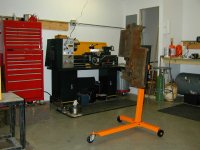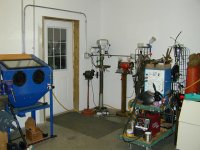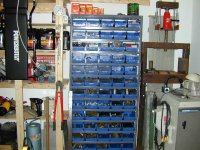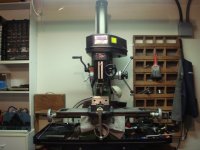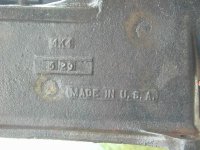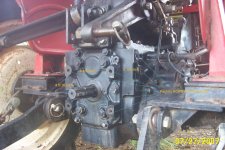I don't want to over extend myself on this thread, but it seems like there is an interest in the welding part of this project. Since welders often shy away from vertical welding (usually from a bad first experience), I thought I would toss in a couple of thoughts on it. The truth is that vertical welding is not difficult and should pose no more challenge than welding on the flat. It's probably 85% rod and amperage, 10% technique and the rest being practice. Once you can weld decently on the flat, it usually takes an hour or so to really get vertical, so don't be discouraged, but here are a couple of tips to take away the pain.
Use 6011 for AC machines and either 6010 or 6011 for DC. Both rods are deep penetration and fast freeze. The control of molten metal when welding flat is pretty much a non issue, but on the vertical it is. If you have been discouraged by molten weld running down or falling from your work, take heart, it's an easy correction. Using a 1/4 inch or thicker piece of steel, try this:
Turn the amperage down to about 80 - 100 amps depending on your machine.
Start at the bottom and weld up -
As soon as you get the arc established, draw a long arc for a few seconds to heat up the metal. Once the metal appears to be melting, begin what is called a vertical whip. You move your stick into the weld crater with a short arc, pause for a moment, then move the rod up out of the crater (just above it) with a long arc (try 1/4 inch or so at first). This allows the original weld deposit to cool slightly, then you move back down and in with the short arc (slightly above the first), deposit some weld, up and out with a long arc and just repeat. At first it will seem like a mess, but the key is a long arc while the first crater cools, then moving down again and in with the short arc just long enough to get good penetration before getting out again.
It's really not difficult, it's just no one ever much talks about it. While your best welding will almost always be on the flat, there will be times that vertical can't be avoided, so it's probably good to know how to do it. And it's best not to attempt it before practicing on some scrap.
This is vertical up which is used for heavier steel, 1/4 inch or more.
